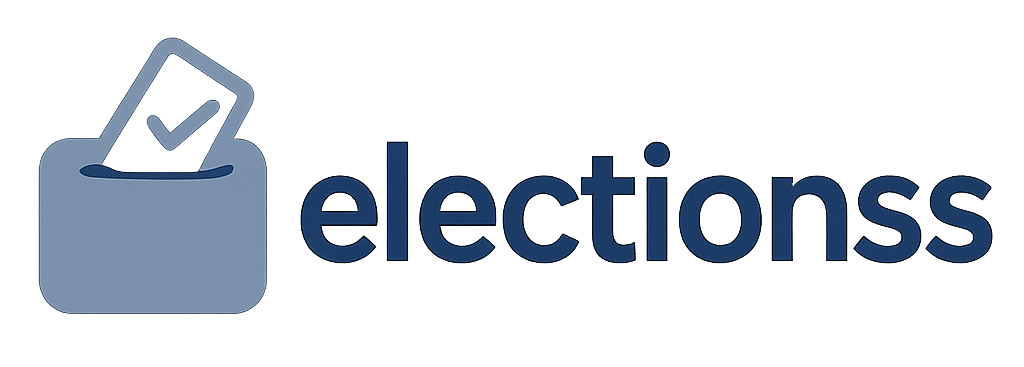Analysis of the US IEEPA Ruling: Normalization of Institutional Competition and New Risks in International Trade

On May 28, 2025, the U.S. International Trade Court's bipartisan panel unanimously ruled that the Trump administration's imposition of global tariffs under the International Emergency Economic Powers Act (IEEPA) violated constitutional principles of separation of powers. However, this ruling was frozen within 24 hours by the federal appeals court via an "administrative stay," with customs continuing to collect tariffs at the original rates. This creates enforcement challenges for businesses, as importers must still pay the original rates despite the court's ruling that the tariffs were illegal.
Forty-eight hours after the ruling, Trump announced a new increase of the steel and aluminum tariffs from 25% to 50% at the U.S. Steel Corporation in Pennsylvania, effective June 4, citing Section 232 of the Trade Expansion Act (national security clause) as the basis to circumvent judicial review under the IEEPA. This move illustrates that the executive branch has established a systematic strategy for policy circumvention, creating institutional conflicts between court rulings and executive decisions, with Section 232 becoming a crucial policy tool.
Concurrently, the Trump administration revealed a $14.9 billion investment by Nippon Steel Corporation in the U.S., establishing a new model of "tariff threat + investment compromise", which may also be replicated in key industries such as semiconductors and pharmaceuticals, profoundly impacting global supply chain reorganization.
This litigation exhibits bipartisan characteristics. Although the twelve plaintiff states are predominantly Democratic-controlled, Republican manufacturing companies, such as Maverick Tube LLC from Utah, voluntarily joined the case. The attorney general of Arizona, a Republican state, publicly condemned the tariffs as "unjust and illegal," reflecting industry pressure that transcends party lines. The three judges of the panel were appointed by different presidents, yet they agreed that "the long-term trade deficit of the U.S. does not meet the constitutional standard of an 'extraordinary and unusual threat' and cannot serve as grounds for a national emergency," indicating judicial independence.
Responses from international allies have been varied. The Canadian Prime Minister expressed support for the court's ruling while maintaining a 25% tariff on American cars; Japan's Minister of Trade criticized U.S. policies and provided favorable loans to support businesses; Germany has chosen a cautious wait-and-see approach, leaving room for future negotiations.
Nippon Steel has become a new model for multinational companies facing trade conflicts, securing tariff exemptions through technical collaboration, indicating that the "technology for market" model is becoming an important variable in global trade governance.
The elevation of steel and aluminum tariffs highlights the significance of Section 232 as a critical alternative tool for the executive branch. According to the U.S. steel price index, steel prices have risen by 16%, and if a 50% tariff is imposed, automobile manufacturing costs are expected to increase by 7% to 12%. Even if future court rulings ultimately recognize the tariffs as illegal, the reality of rising supply chain costs will be difficult to reverse. Such industrial protection policies, justified by national security, may extend to the semiconductor and pharmaceutical industries, posing structural challenges for export-oriented economies like Taiwan.
Trump's chief trade advisor publicly stated, "Even if we lose, we will find new methods," with contingency measures including the Trading with the Enemy Act and Section 122 of the Trade Act of 1974, which authorizes the president to control trade during wartime and impose emergency tariffs on a temporary basis. The applicability and scope of these tools are expected to become focal points for future legal battles.
Judicial Divergence and Corporate Risk Response: Currently, a similar lawsuit is being examined in the Northern District of California's federal court. If the judgments diverge, it could lead to a geographical split in legal applications: Eastern ports may exempt tariffs based on the international trade court's ruling, while the West Coast may continue to levy taxes based on California court rulings. Ultimately, a unified decision from the Supreme Court will be required, but the process may be lengthy, leading to ongoing uncertainty for corporate operational decisions.
According to a survey conducted by the American Association of Importers, 67% of businesses have begun to adjust their supply chain layouts in response to potential differences in legal applicability. The response strategies of companies are becoming increasingly diverse: large multinational corporations tend to seek policy exemptions through direct investment, while small and medium-sized enterprises adopt supply chain diversification strategies, and tech companies evaluate the feasibility of relocating critical processes to third countries.
The normalization of institutional competition: Taiwan's resilience challenges. The IEEPA ruling is not an endpoint of legal victory but rather the starting point of a new type of trade risk. When the executive branch employs statutory tools like Section 232, the difficulty and timeliness of judicial review fall short of emergency authority reviews. Businesses need to recognize that policy adjustments often occur faster than legal remedies. True corporate resilience lies in proactive management of institutional risks, including establishing diversified supply chains, strengthening policy risk assessment capabilities, and developing agile operational models to respond to regulatory changes. For Taiwan, this case highlights the necessity of maintaining economic resilience amid great power competition and the need for Taiwanese businesses and government to strengthen risk management mechanisms to seek stable development pathways amidst institutional uncertainty.




